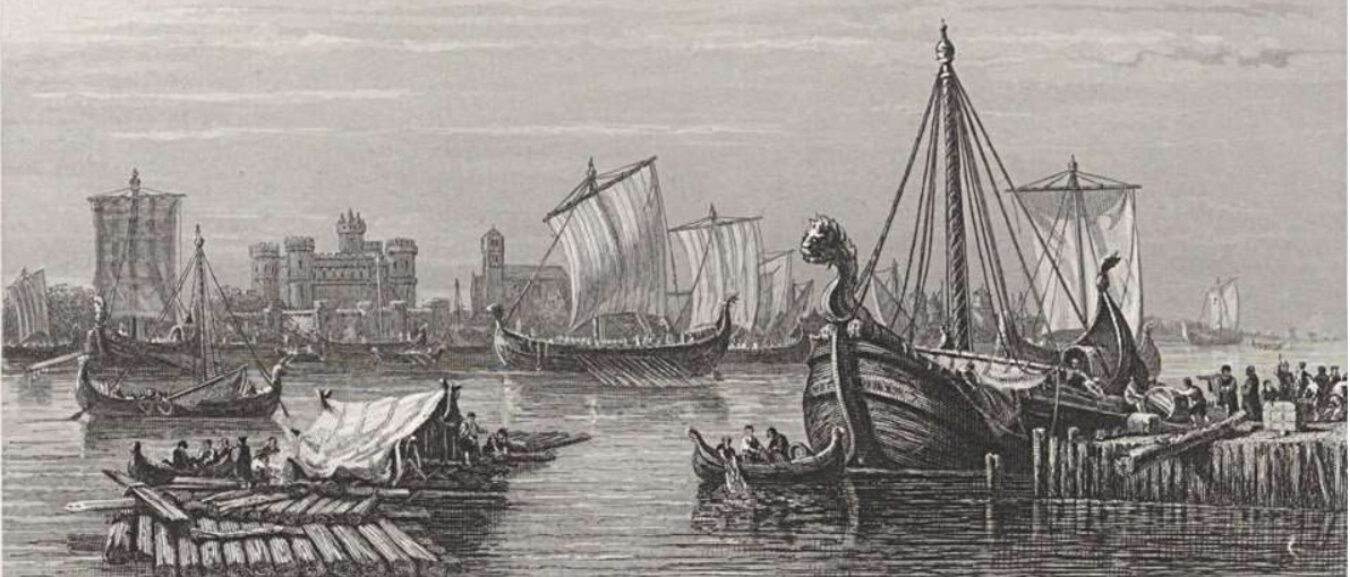Germanic runes are a writing system that was used by various Germanic peoples from ancient times through the Middle Ages. The runic alphabet was used primarily to write various Germanic languages, including Old Norse, Old English, and Old High German.
The runic alphabet consists of a series of symbols, each of which represents a sound or a phoneme in the language being written. The runic alphabet typically contains around 24 to 33 characters, depending on the specific version of the alphabet.
The origins of the runic alphabet are not entirely clear, but it is believed to have been derived from the Etruscan or Latin alphabets. The earliest runic inscriptions date back to the 2nd century CE and were used by various Germanic tribes, including the Goths, Franks, and Vikings.
The runic alphabet was used for a variety of purposes, including writing personal names, carving inscriptions on weapons and jewelry, and recording important events and religious beliefs. The runes were also used for divination and magic, and various runic inscriptions have been found that contain spells and incantations.
Today, the runic alphabet is primarily used as a decorative or artistic element in various modern contexts, such as in logos, tattoos, and other forms of graphic design. Some neo-pagan and neo-Viking groups also use runes as part of their religious and spiritual practices.
Overall, the Germanic runes played an important role in the cultural and linguistic history of the Germanic peoples, and they continue to be an important symbol of Germanic culture and heritage.

